Poor reception or weak signal on iPhone is a common problem since Apple starts using Intel base band chips. This is a major issue on iPhone 8 and later models. In places where your network's coverage is weak, you may see fewer bars on your GSM device. Another scenario is when you have concrete walls blocking your signal, which is why we often have signal problems inside elevators because they are closed spaces with concrete around them on three sides. What happens when this is a regular occurrence even when you're at home or at the office? Is there anything you can do to boost the signal so you're communication needs aren't affected? Thankfully, there are several ways to deal with this issue and improve your iPhone signal. Let's look at a few methods in detail.
Internet calls don't use your carrier's mobile signal. Instead, they use WiFi or your cellular data. However, since your cellular data might also be affected by coverage, you can try using WiFi to make calls. Most messaging apps like Facebook Messenger and WhatsApp support audio and video calls, so this might be a good option to try when faced with a poor cellular signal. However, you need to remember that such calls use up a lot of data, so make sure you're on an unlimited plan to avoid expensive data charges. The one major disadvantage of this method is that you'll only be able to call people who have the same app on their device, so that means you'll need to download and register for multiple services so you can contact everyone.
To enable this service, you might have to activate it on your device. To do this, go to Settings > Phone and enable WiFi Calling.
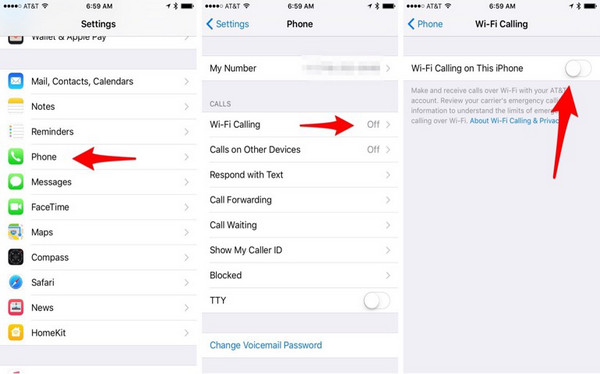
A Femtocell is something given to you by your network carrier for boosting weak signals. It works like a miniature cell tower and will give you a much stronger signal than otherwise. Of course, you'll have to contact your carrier and convince them that the reception in your area is very poor, so that's a major hurdle right there. You will also need a router in order to use the FemtoCell. Besides, not all carriers still support this method of boosting your signal. For example, AT&T in the United States stopped issuing MicroCells because most people were opting for WiFi calling, which we described in the previous section. If you're lucky, this is still an option with your carrier.
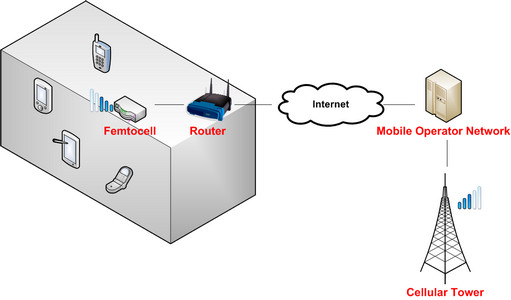
If the problem is serious and your carrier won't help, then why not try a cell signal booster. You can easily get one on Amazon.com, but they're not cheap. Consider your other options carefully before investing $100+ on a cell signal booster. But if this is the only way to boost your reception, then you won't have much of a choice. A booster works by amplifying the signal received from the cell tower so you have better coverage where you are located. It works really well in most cases, so that's one option you can explore.
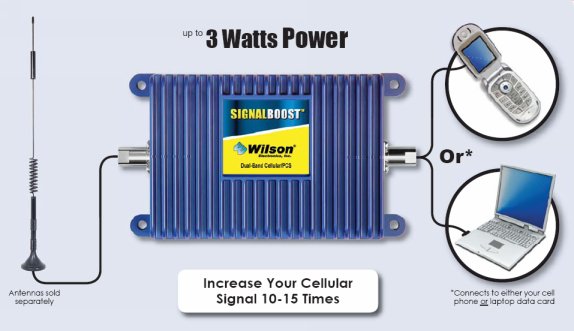
Another great idea is to get an app that can map the signal strength in your home or office. It's a bit of a tedious process, but luckily for you the iPhone has this feature built in. You will need to put your device into what is called field test mode. The steps are shown below:
Step 1: Launch your phone app and dial *3001#12345#* to bring up the field test menu.
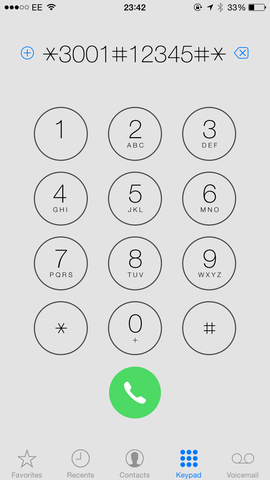
Step 2: On the top left of your iPhone screen you will be able to see the strength of the signal in the form of dots or a number. You can toggle between the two views by tapping on it.
Step 3: Using a pen and paper, note down the signal strength in various parts of your home or office. You will need to wait a few seconds for the new signal strength to update on your device each time you move.
Step 4: Once you have mapped the entire area, you will know where the signal is strongest. When you make a call or send a text from those areas, you won't have issues with a weak signal.
Admittedly, there is a little work involved in the mapping process. But at least it will show you where to keep your phone so you don't miss important phone calls because the other person is unable to reach you.
Your last resort is to switch to a different carrier, but don't do this in a hasty manner. If you have a friend or colleague using a different network, ask them if their signal strength is strong in the places where you have a problem with your own network. You can even ask to borrow their phone to put it into test mode to verify the strength of the signal in different parts of your home or office.
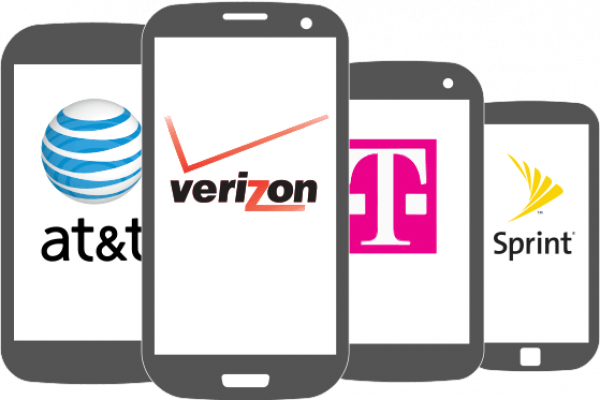
Once you are confident that the carrier's coverage is adequate, you can consider switching services. You won't have to worry about losing your phone number because carriers allow you to port your number to their service. It involves a little leg work to cancel your SIM and apply for a new one with a different carrier, but if you are struggling with signal problems and none of the other methods help, this might be the only way to improve your iPhone signal.